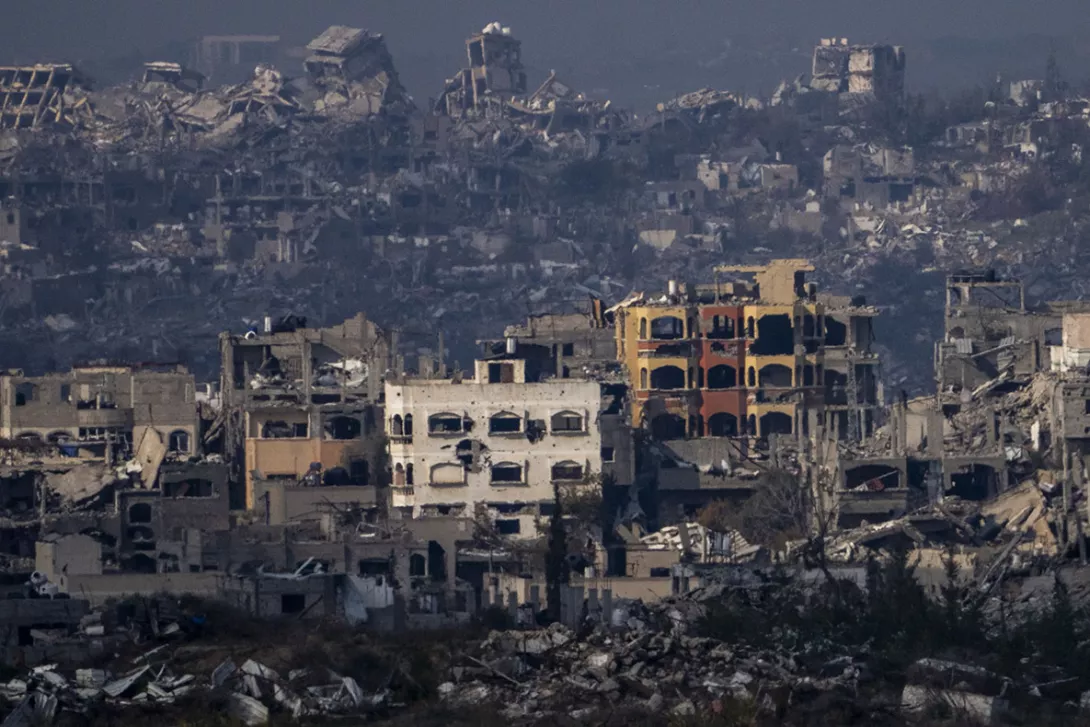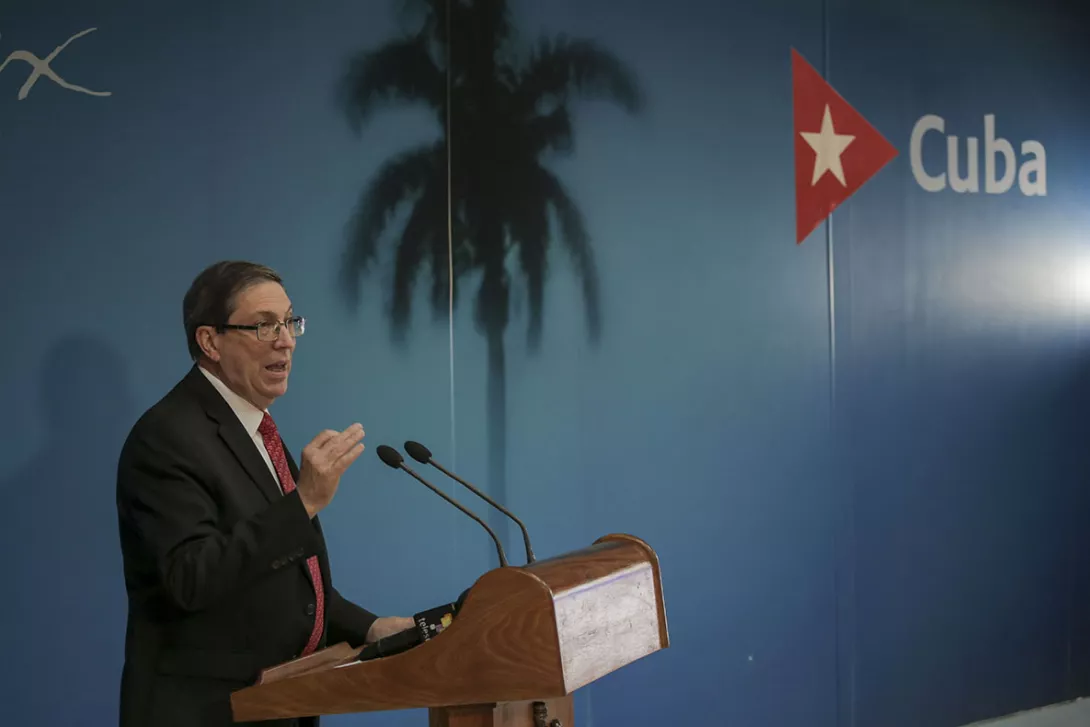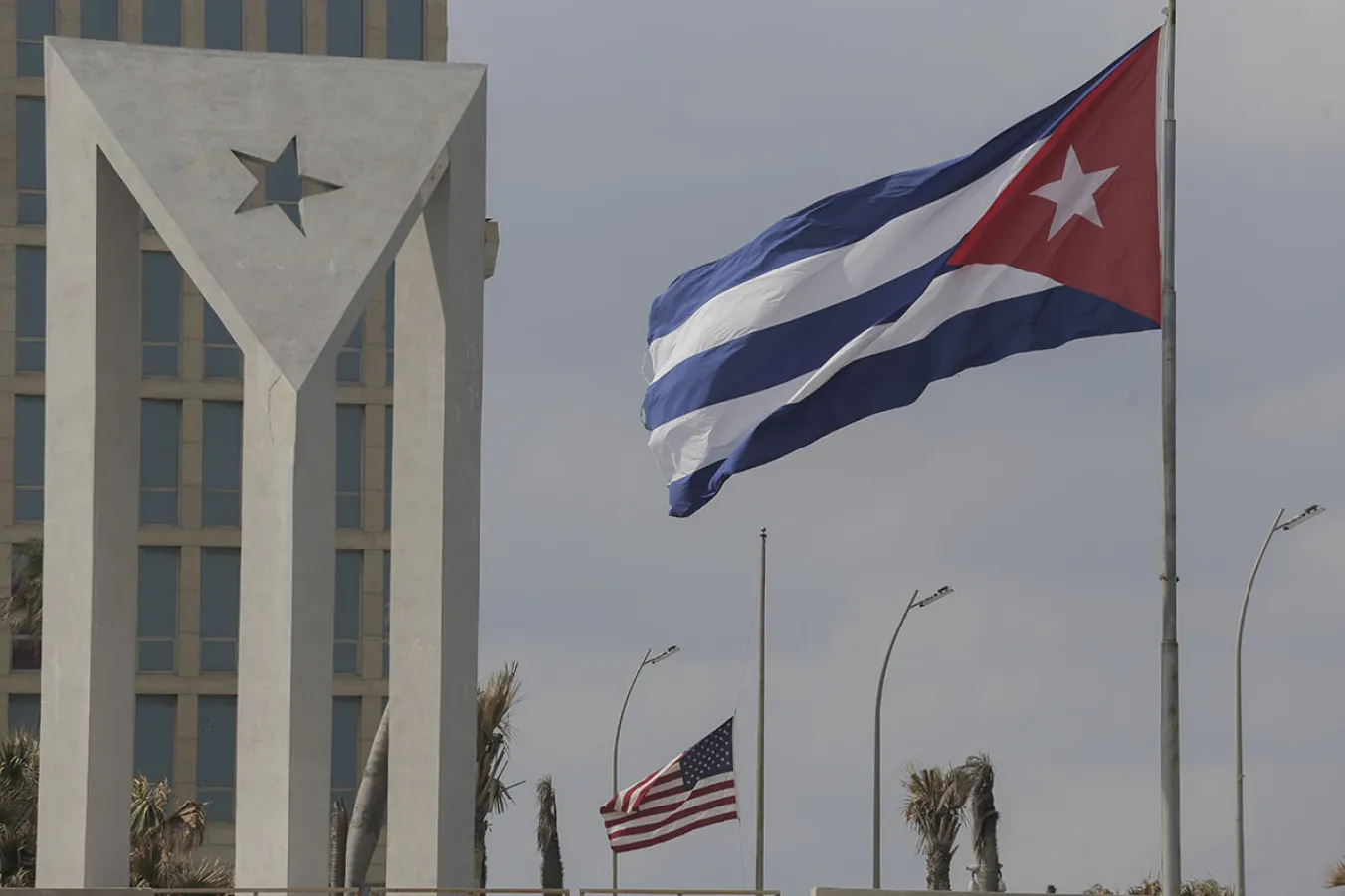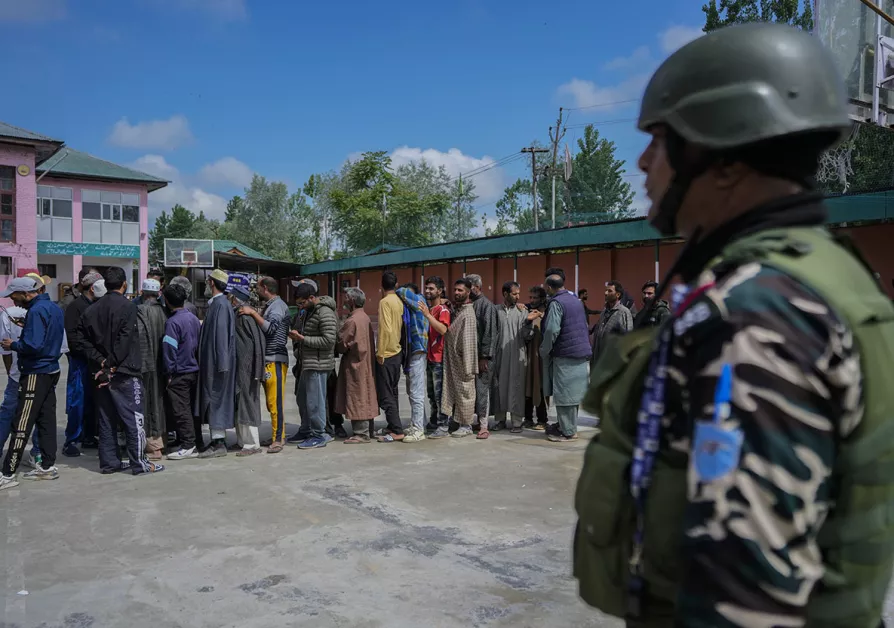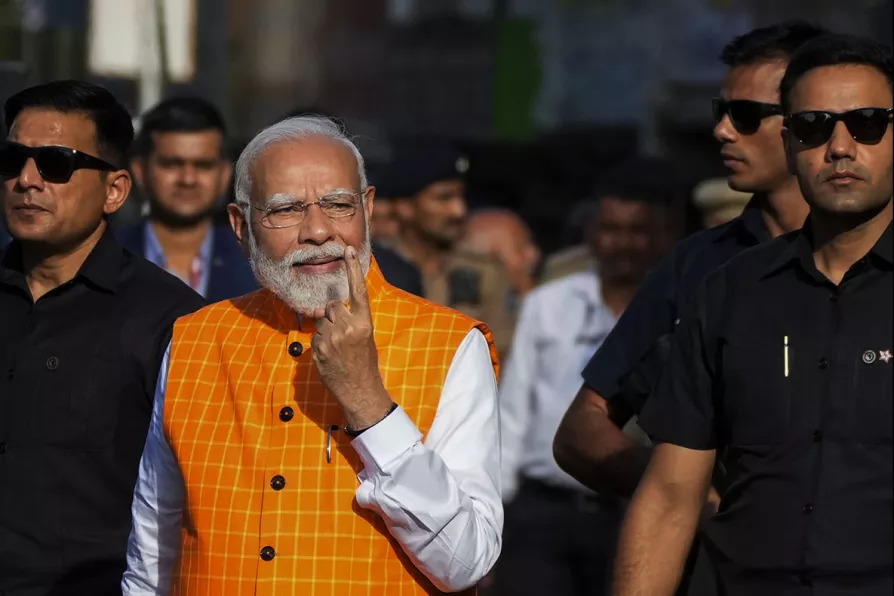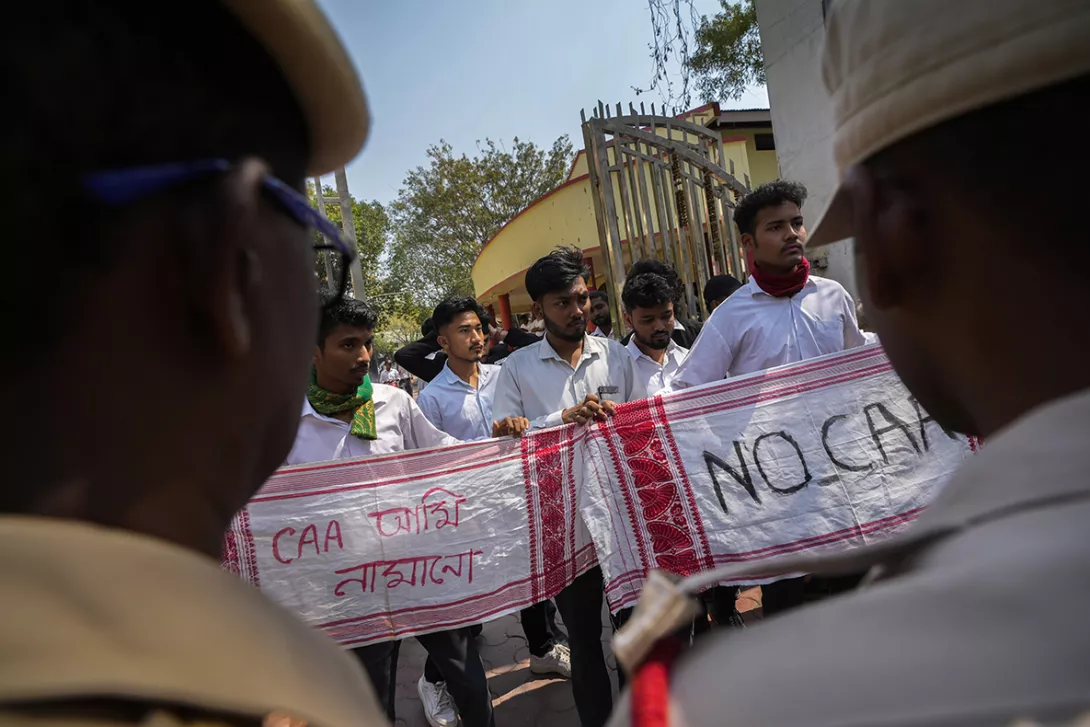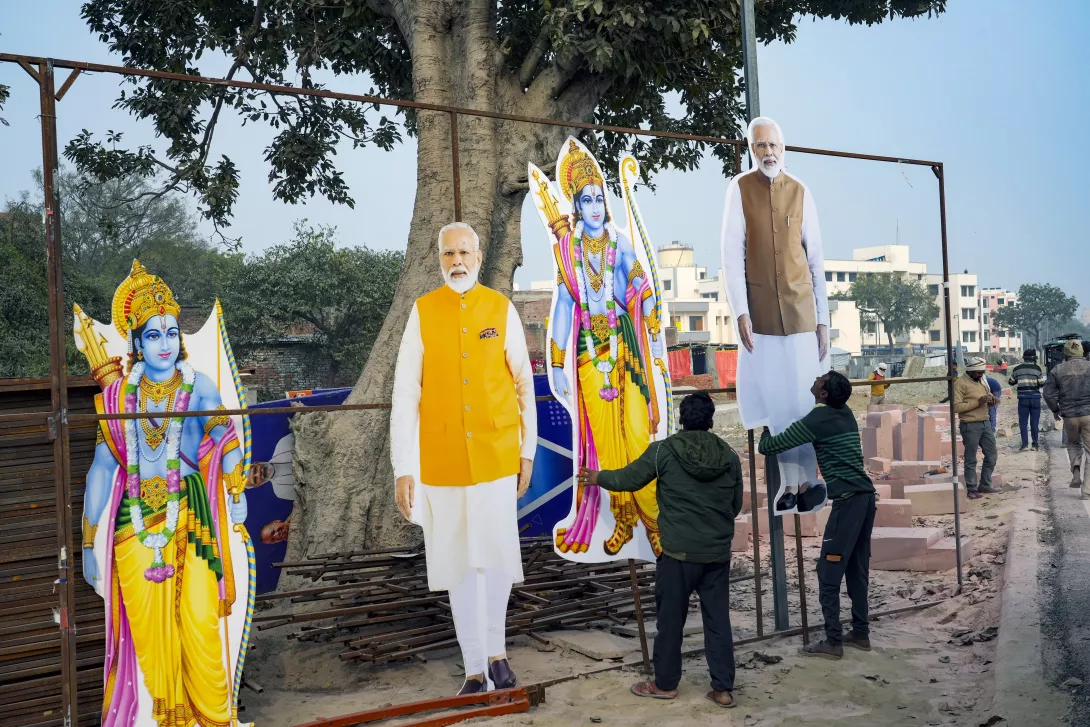Indian government announces six-week general election will begin on April 19
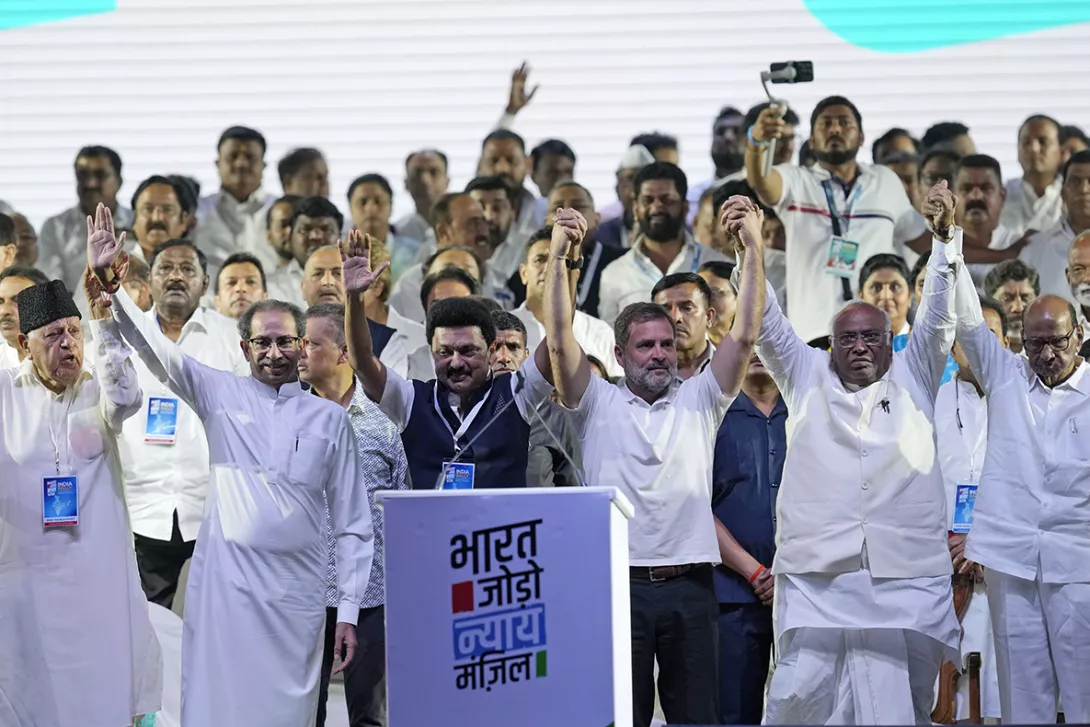
INDIA’S six-week-long general election will begin on April 19, the government announced on Saturday.
According to most surveys, Prime Minister Narendra Modi and his far-right Hindu chauvinist Bharatiya Janata Party are likely to win a third consecutive term.
Voting will stretch over seven phases, with different states voting at different times, and the results will be announced on June 4.
More from this author

While Israel stalls on ceasefire agreement, its military kills another 78 people in Gaza
Similar stories


